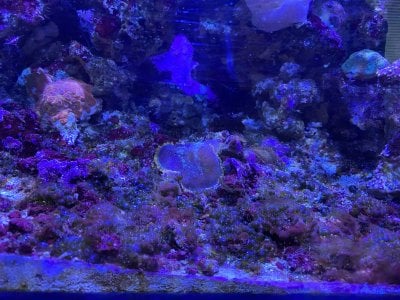- Joined
- Jun 17, 2016
- Messages
- 704
- Reaction score
- 769
First removed the sand bed about 90% of the sand removed... rinsed the sand really really well. The dinos then started to grow on the rocks.. i followed the elegence corals method by cruz and the dinos dissapeared on day 3. On day 5 i re added the freshly rinsed sand back in to the aquarium. I spoke with cruz and he told me the method is basically resetting the tank back to the way nature intended i tried everything to fight the dinos nothing worked except his method. I finished the treatment yesterday and happy with the tank nowits simply clean that was a team effort, can you summarize some of the extra measures beyond sandbed surgery it took to wrestle that into compliance?






















